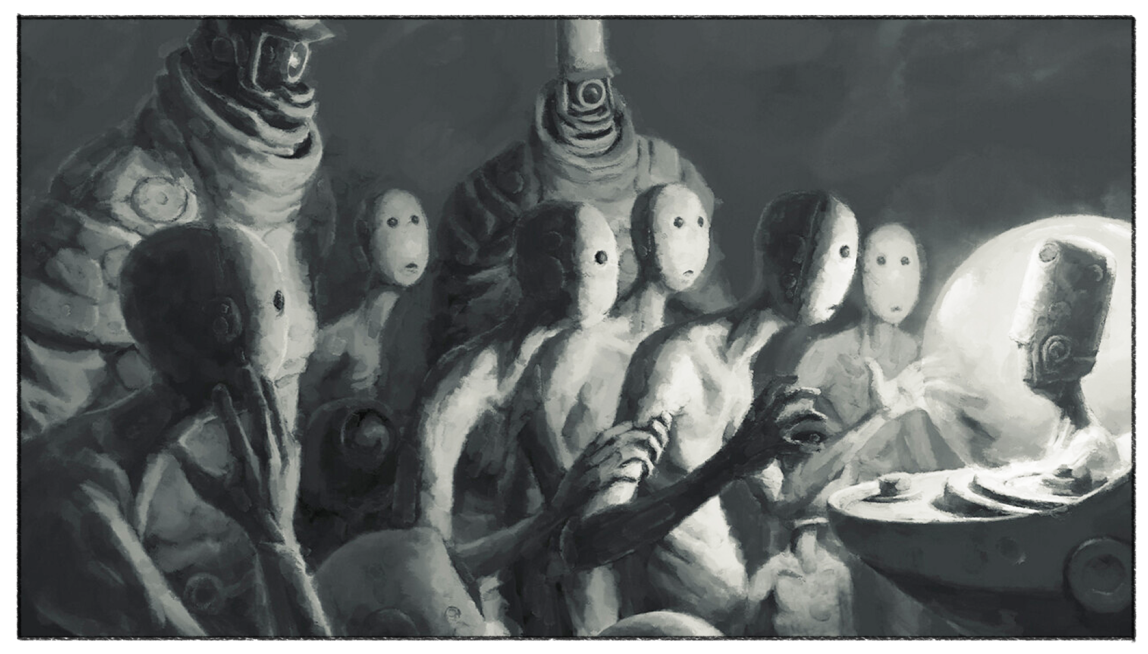
Cartooning is not a social activity... On how a game student became a comic artist
12/05/2022 - 15:53
‘I draw a little’, Pim Bos starts his story. It soon becomes clear to me that this illustrates what he is like. Very humble, while what he does is so extraordinary. Pim did the game programme at Breda University of Applied Sciences (then NHTV) and graduated in Visual Arts in early 2018. In 2019 his debut Tremen was released, a comic book that is surprising in every way.